Sennheiser ventures ever closer into budget territory.
It used to be that you'd have to budget more if you wanted to plug your ears with a pair of Sennheiser wireless earbuds; however, the new CX True Wireless buds were made with greater affordability in mind. As a result, you do pay less to get in, and you don't have to sacrifice all of the sound you'd expect from the company.
Sennheiser had to look for ways to cut down on certain features and performance expectations, since it's unusual to find earbuds at this price from what is an otherwise premium brand. Yet those small sacrifices hardly take away from how good these buds can be.
At a glance
Sennheiser CX True Wireless
Bottom line: Sennheiser's CX True Wireless are a nod to the budget-conscious who want to hear some of the company's signature sound capabilities without breaking the bank to get there. These earbuds don't have it all, but they keep things simple in good ways.
The Good
- Good audio quality
- Lightweight build
- Onboard controls
- Companion app support
- Solid battery life
- More affordable price
The Bad
- May not fit all ears equally
- No ANC support
$130 at Amazon $130 at Best Buy $130 at B&H
Sennheiser CX True Wireless: Price and availability
Sennheiser launched the CX Wireless in July 2021, making them available for $129.99. These are the most inexpensive wireless earbuds the company has launched to date, so it's not clear how much they might drop in price in the near term. However, they should be easy to find in stores or online for some time to come.
They come in matte black or matte white versions.
Sennheiser CX True Wireless: What's good
Sennheiser seems to be taking the opposite approach to many other companies making true wireless earbuds. After sticking to its higher-end chops with the likes of the Momentum True Wireless 2, it has been steadily pushing closer to zero with each new pair, and the CX True Wireless are the closest yet.
In order to try and make these earbuds fit better, there are four sizes of ear tips, including x-small. That's in contrast to the CX 400BT True Wireless, which went the other way with a pair of x-large tips as the fourth option. The CX True Wireless aren't to be confused with those, despite the very close naming convention. Even the look, size, and build are virtually identical — it's just what's on the inside that makes all the difference.
Without any active noise cancelation (ANC), the fit does play a significant role in how good these earbuds will ultimately sound, and that's why the tip sizes are so important. The thicker build is the same as the CX 400BT that came before them, so finding a good seal is really the only way to gain some good passive noise isolation. The ear tips are molded the same way, so if you had trouble finding a good seal with the CX 400BT, you won't be any better off wearing these — unless the x-small size suits you. For me, I used the large-size tips, so there was no difference in fit or comfort.
Much of the CX True Wireless is the same on the inside, too. The same 7mm drivers provide a similar sound, only the default soundstage felt brighter when compared to what I heard after first setting up the CX 400BT True Wireless. Without ANC and ambient sound features, the audio quality stands out even more as the primary value proposition.
They sound clean and crisp in ways that not all buds at this price do.
For a pair at this price, they do sound good off the bat, though I found more success using the Sennheiser's Smart Control app and its built-in equalizer. It's still a pretty basic EQ in that you can only control highs, mids, and lows, but it works well when you play around with it. Find a setup you like, and save it as a preset you can use anytime. The thing is, if you've saved presets from previous Sennheiser headphones or earbuds, they won't appear after pairing the CX True Wireless, so you will need to create new ones.
Still, doing so makes a big difference and is well worth the time to pull more out of the sound quality in these earbuds. The best part is that there's enough room to really get something out of them no matter what musical genre you like most. Want some beefy bass for hip hop or EDM tracks? Totally possible. Something more balanced for jazz, guitar, or rock? Shouldn't be a problem. The same is true of live music and spoken word content, like podcasts and audiobooks.
It's a big advantage in keeping the focus so linear that these earbuds borrow so heavily from the CX 400BT. As a result, they sound clean and crisp in ways that not all do at this price. It's equally rare to find more affordable earbuds that also support both AAC and aptX codecs, which the CX True Wireless do. Not to mention that all firmware updates run through the app, in case Sennheiser continues to improve them going forward.
I found the Bluetooth 5.2 connection held up well, with nary a hiccup or drop along the way. That also mattered with call quality, where moving around at home while talking to someone didn't cut out intermittently to interfere with the conversation. Sennheiser didn't change the onboard mics, so I found these earbuds to be on par with the previous CX 400BT, making them equally good indoors, and more susceptible to background noise outside.
It's the same story with the touch-sensitive controls, which are actually among the best I've seen on earbuds at this price. There are great tools to customize them in the Smart Control app, including the ability to talk to Google Assistant. The larger surface area on the outside of the earbuds is well suited for these controls, though I would argue the bigger deal is that double taps are more consistent. It just may take time to remember that the left and right buds can do different things.
The punctuating point for it all is battery life, with these lasting up to nine hours per charge. Volume levels will determine how high you go, and that's really the only factor. With an extra two charges coming from the case, you're getting an average of two additional hours per charge compared to the CX 400BT.
Sennheiser CX True Wireless: What's not good
The CX True Wireless use the exact same case as the previous CX 400BT, with the only difference being the lack of silver trim on the Sennheiser logo on the black variant. It's a bulkier case compared to some others, and you don't get wireless charging with it. In fairness, though, I don't find the case to be that much larger than a majority of earbuds available on the market.
Speaking of size, Sennheiser didn't address how big these earbuds are, which could make it a contentious point when fit and comfort are crucially important. And while the company did finally give them a measure of durability with an IPX4 rating, they're hardly waterproof. So even if you work out or run with them on, you definitely have to wipe them down and clean them before putting them back in the case.
By focusing so much on audio performance, Sennheiser left out a number of features that are now commonly found in earbuds that are cheaper than these are.
By focusing so much on audio performance, Sennheiser left out a number of features that are now commonly found in earbuds that are cheaper than these are. Never mind that there is no ANC or ambient mode; there's also no auto-play/pause when removing or reinserting the earbuds. As a result, anytime I needed to hear or talk to someone, I had to pause the audio and then remove one of the buds. In other words, the CX True Wireless are the kind of earbuds you put on when you want to just escape into whatever you're listening to.
Sennheiser CX True Wireless: Competition
This is a budget play for Sennheiser, and it makes a lot of sense to go this route for the company. The best wireless earbuds have plenty of great options, much like the best cheap wireless earbuds do. The CX True Wireless aren't as feature-laden as others are, and the clear focus on delivering a better audio experience at the expense of all else is the key to it all.
Except that competitors have been pushing the envelope from every angle, so if you're looking for more, you may want to start with the Soundcore Liberty Air 2 Pro. With ANC, ambient mode, great app support, and a comfortable fit. The Sony WF-SP800N are a real bargain with the combination of sound quality and durability they offer. They're pretty bulky in their own right, so if you're looking for something a little different — and you're willing to spend more — the Jabra Elite 75t are still among the best in the business.
Sennheiser CX True Wireless Should you buy it?
You should buy this if ...
- You hate dangling cables
- You care about audio fidelity and codec support
- You're on a tighter budget
- You don't need active noise cancelation
You shouldn't buy this if...
- You want something smaller to fit in your ears
- You want active noise cancelation
- You want more features
- You're looking to spend less
Sennheiser sticks to its pedigree of making wireless earbuds that prioritize audio above all other considerations. Of course, that's easy to do when you leave out ancillary features and make the sound speak for itself. The whole premise behind the CX True Wireless is to bring great sound at a more affordable price. That's essentially the gist of it all, and the only perks are the codec support, app customization, and battery life.
For those reasons, they are a better deal than the CX 400BT and are easily one of the best-sounding pairs available at their price tag. If you can find the right fit, and they stay in place long enough to make the sound truly come out, then these earbuds should feel like a great deal.
Sennheiser CX True Wireless
Sound for pound
Sennheiser looks for budget relief with the CX True Wireless by establishing the same precedent for sound that came before yet offering it for less. They provide audio fidelity in keeping with the company's reputation, and the key to it all is how good you can make them fit in your ears.


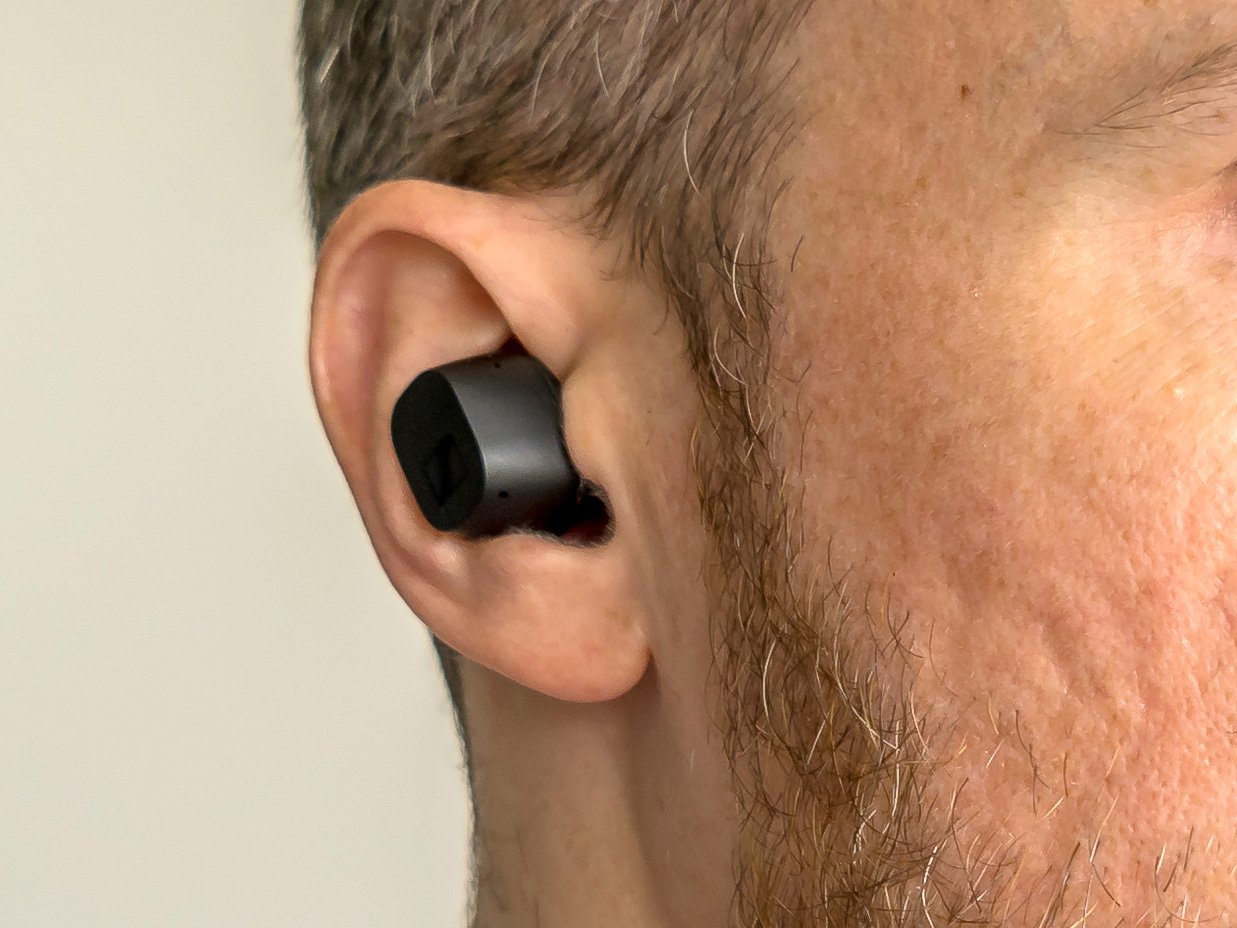
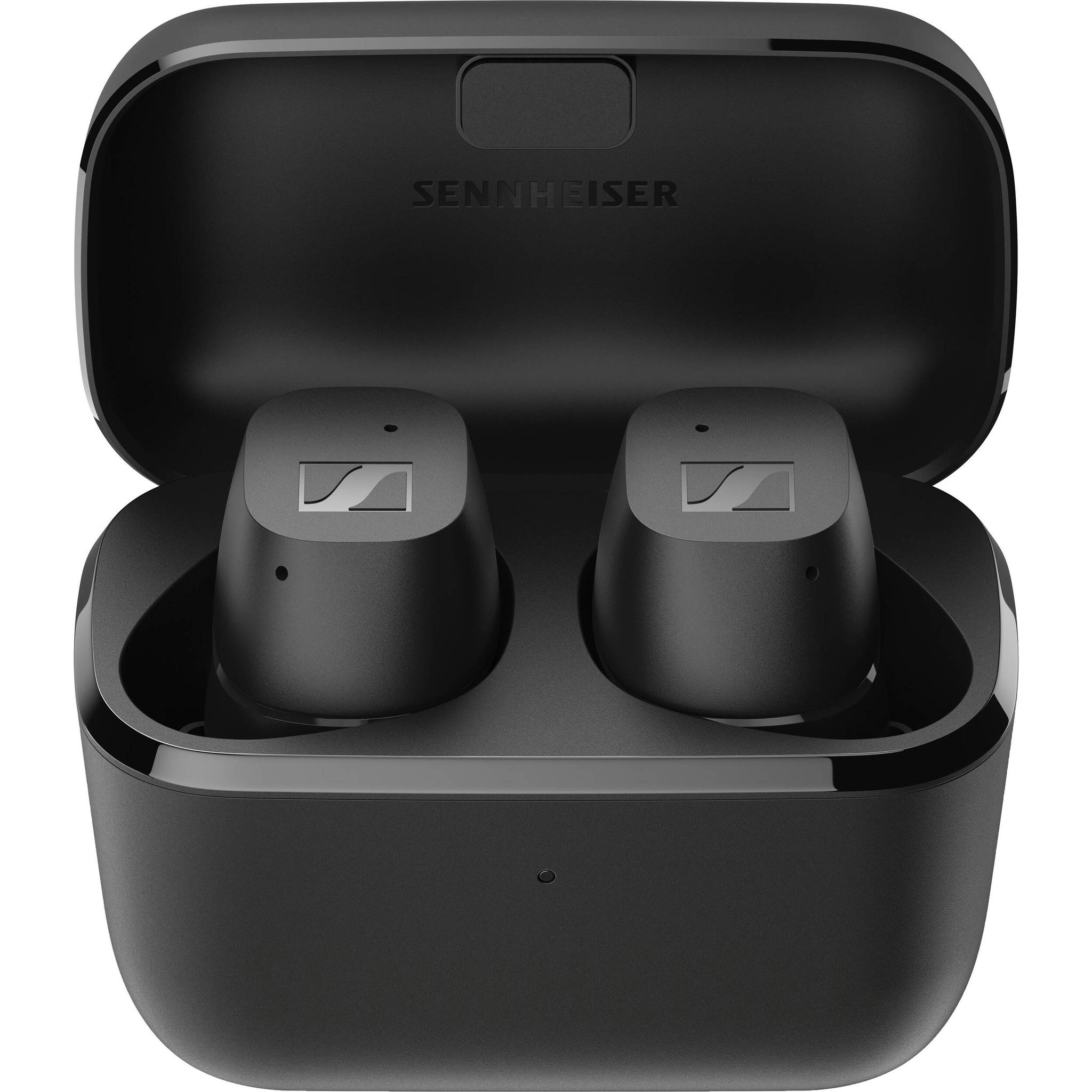
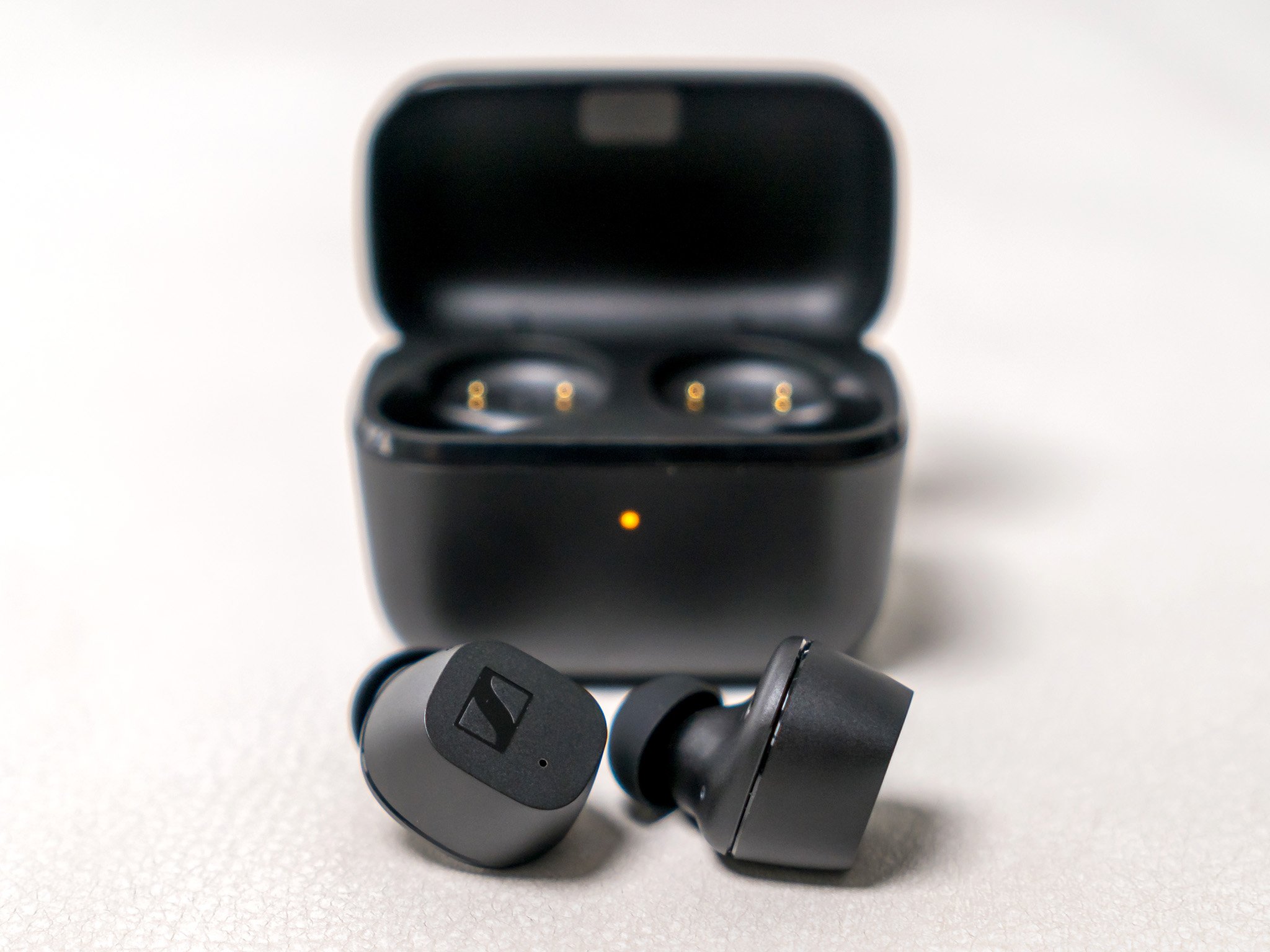
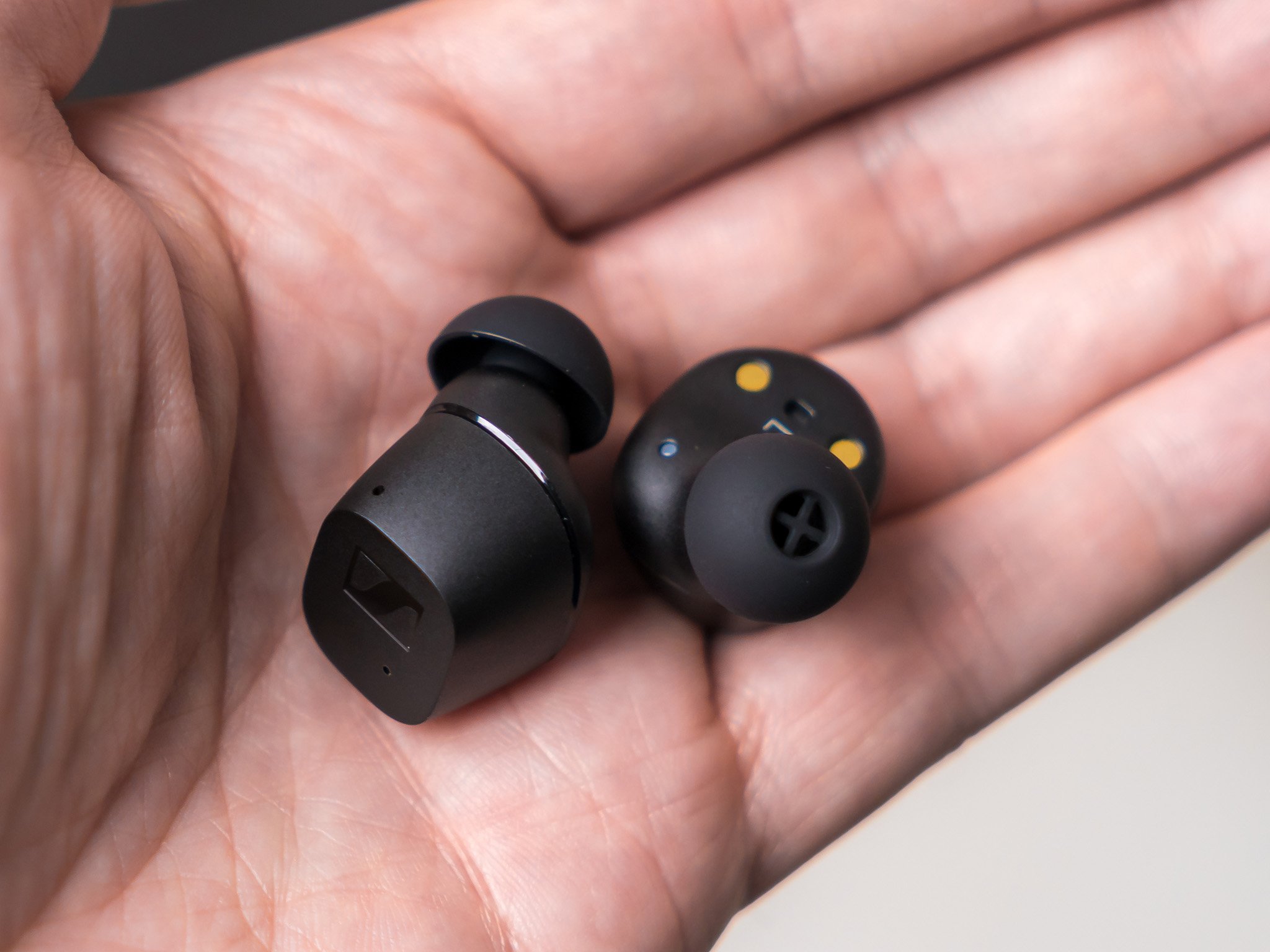
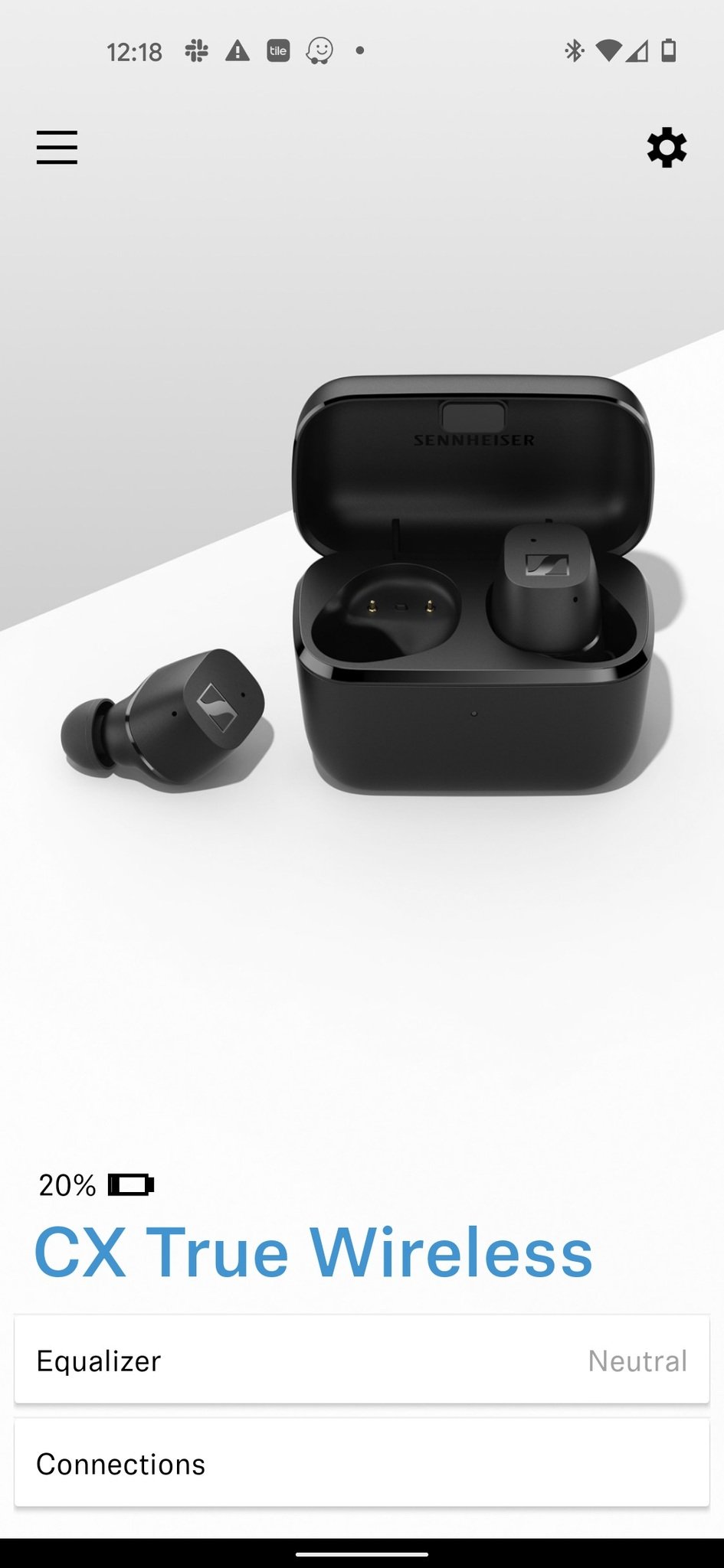
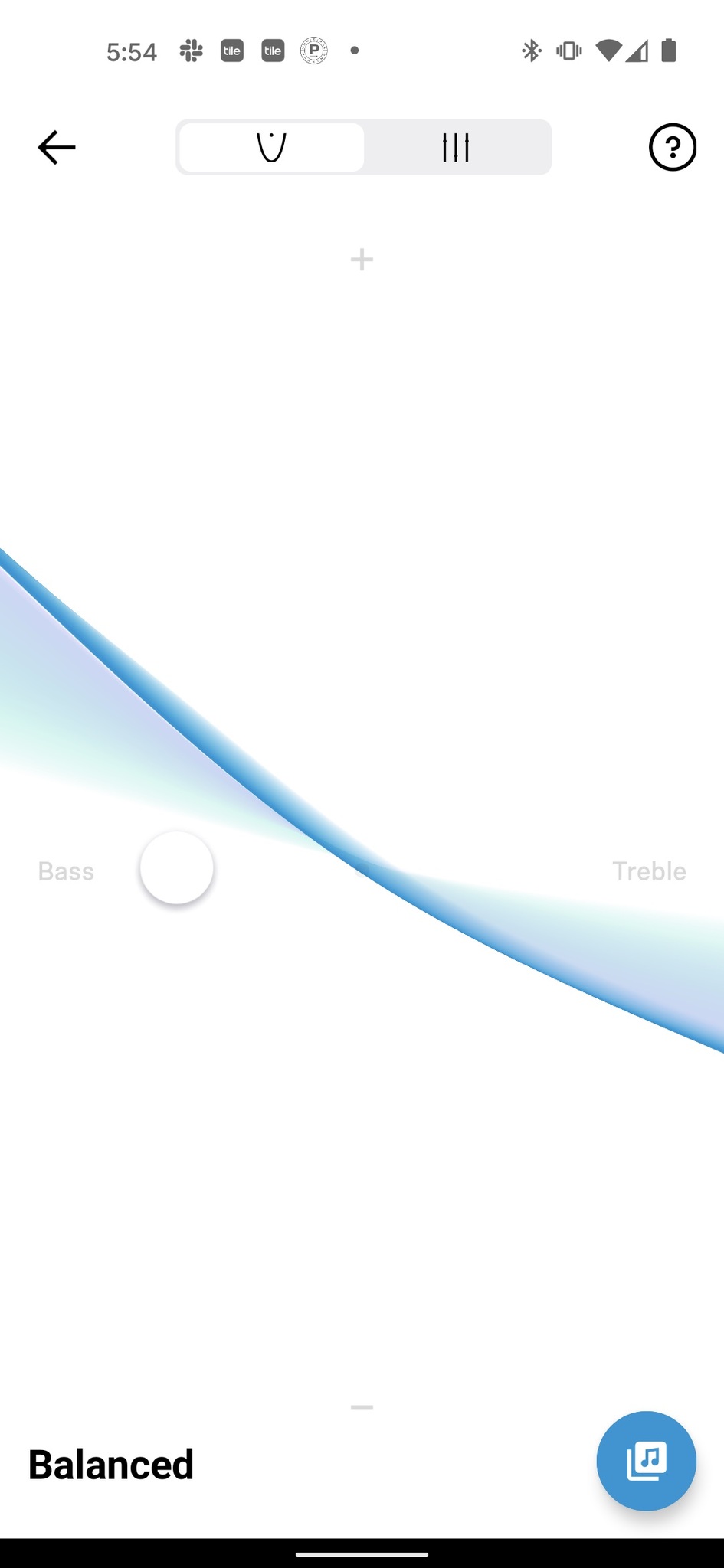
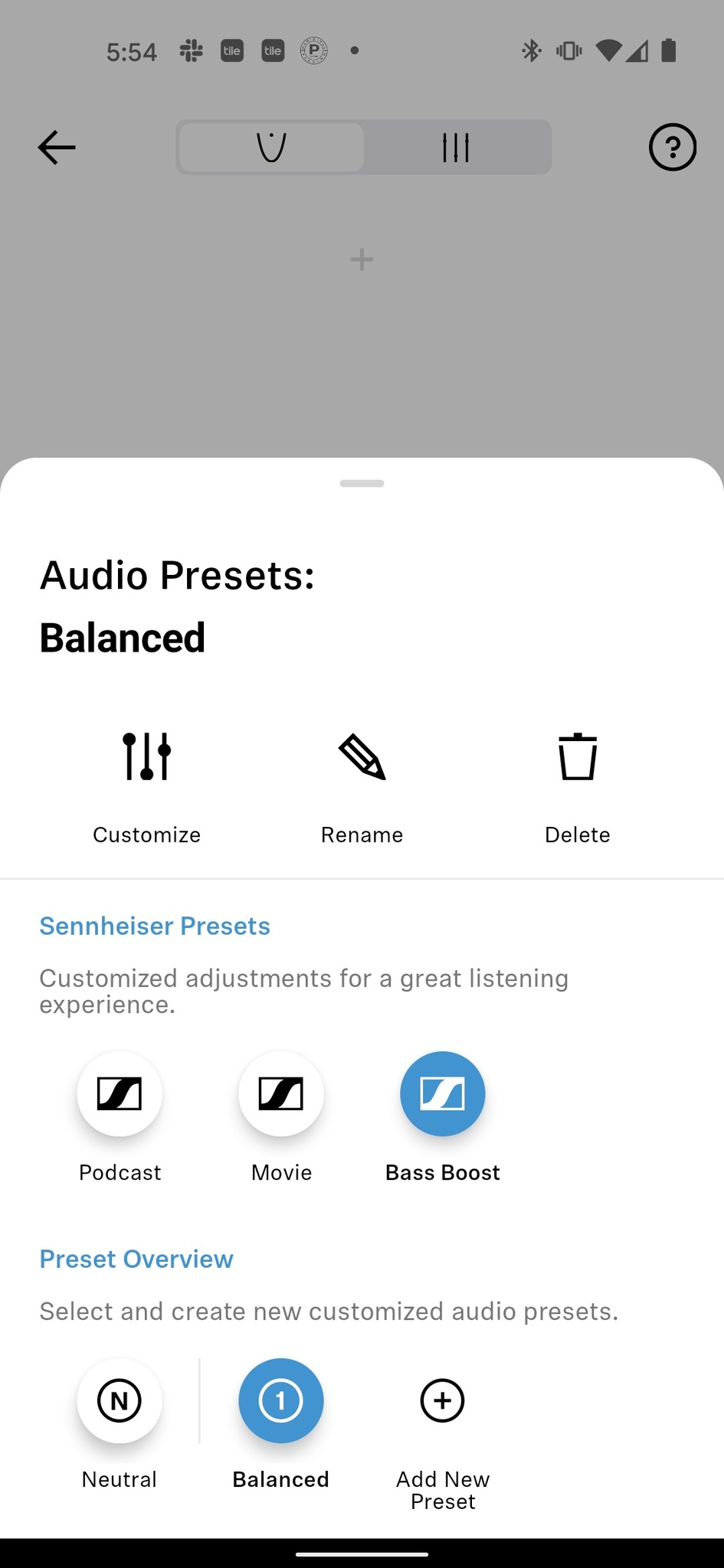
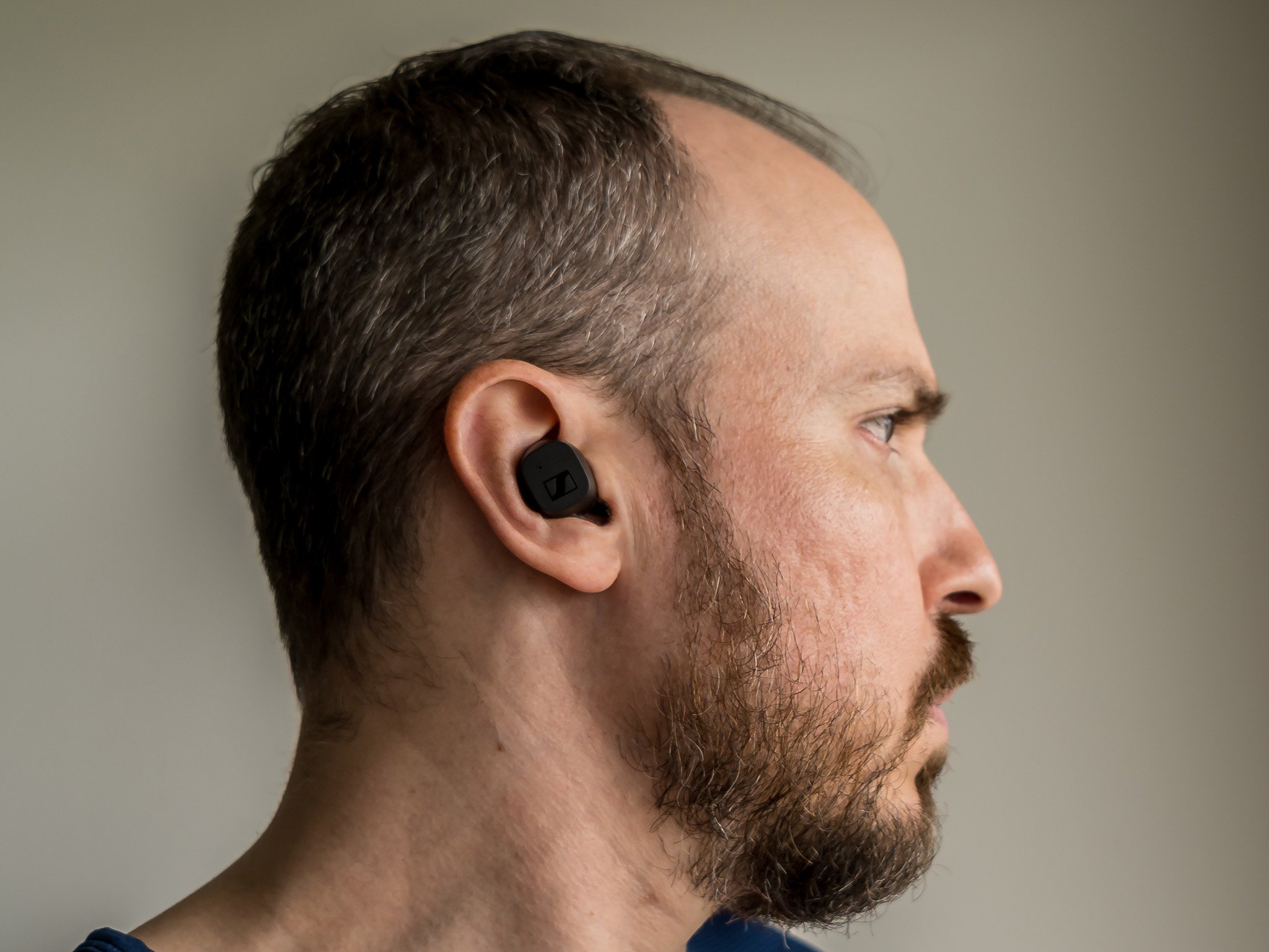
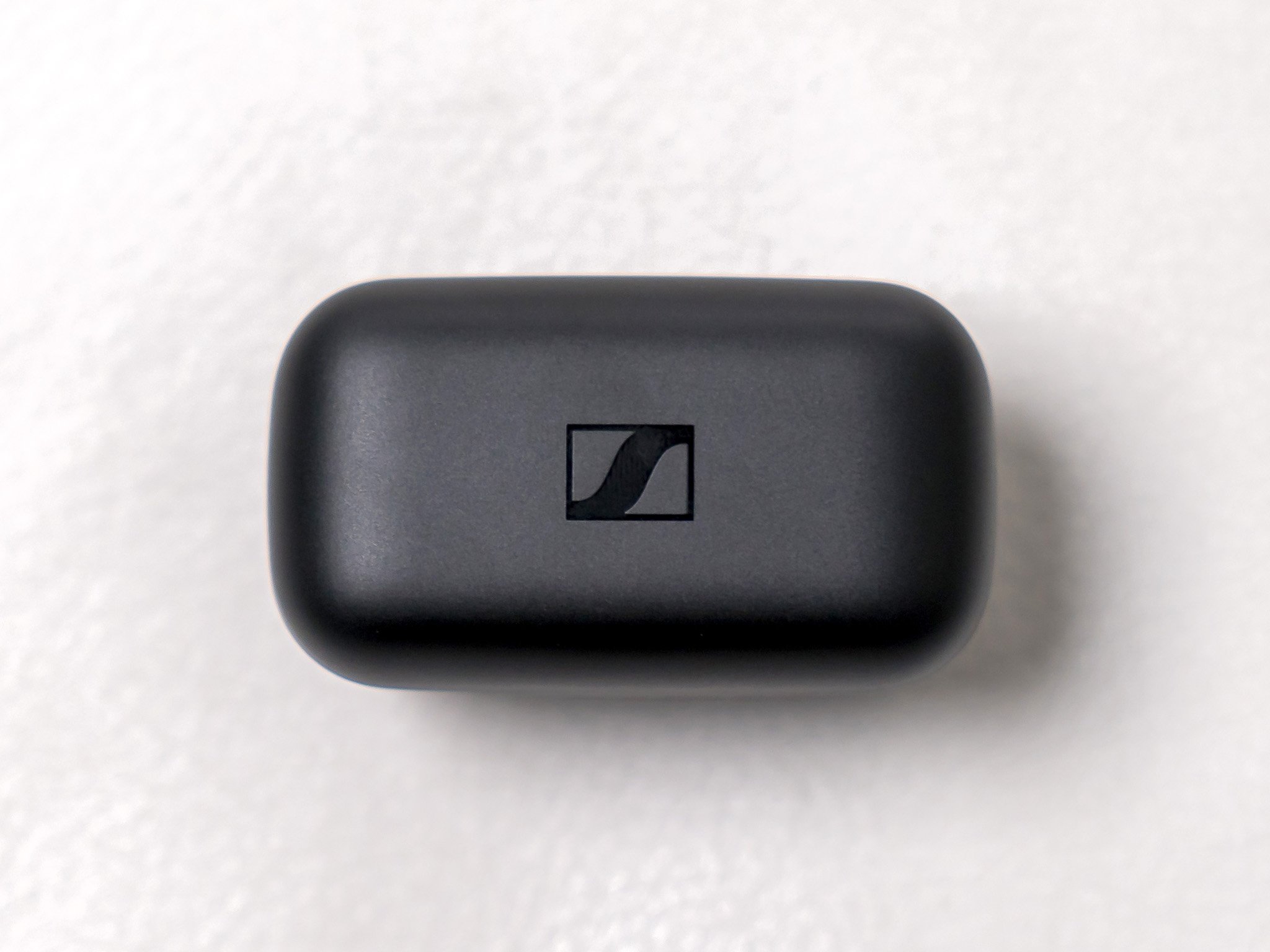
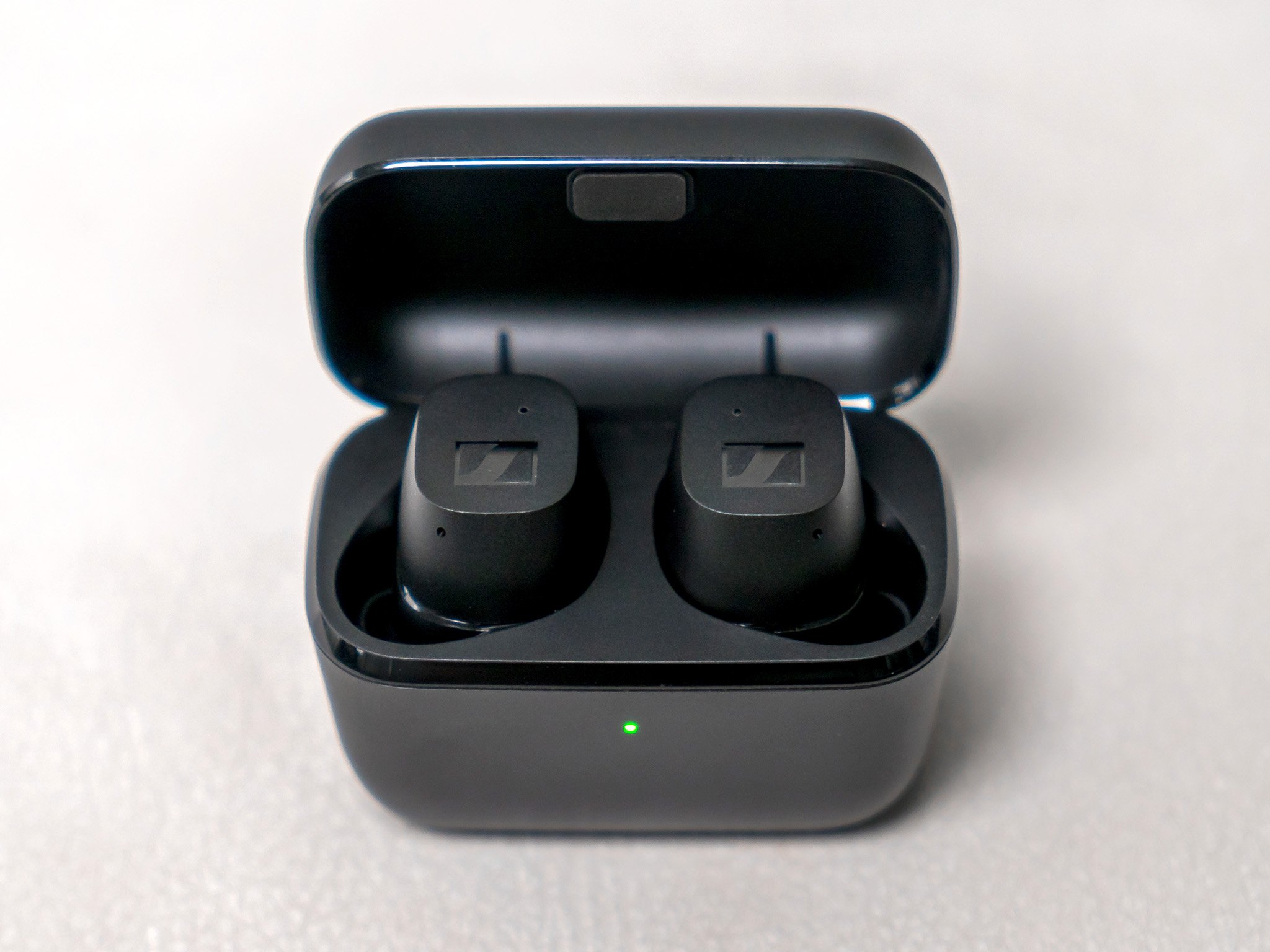

0 Commentaires